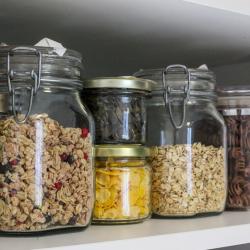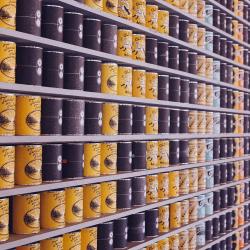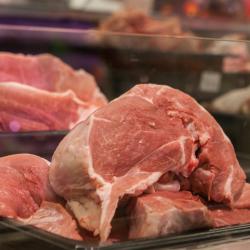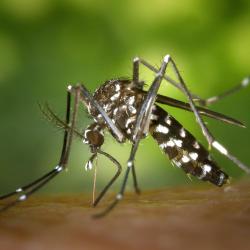How to Tell If Your Food Has Gone Bad: Expiration Dates and More
In a quest for a healthier lifestyle, food safety remains a fundamental concern. Understanding when food is no longer safe to consume can prevent unwanted health issues and improve your overall well-being. While expiration dates are a good starting point, they are not the sole indicator of food safety. Here’s a comprehensive guide on how to determine if your food has gone bad, with insights beyond the packaging dates.
Understanding Expiration Dates
Expiration, sell-by, and use-by dates are terms commonly found on packaged foods. However, their meanings and implications vary:
-
Expiration Date: Indicates the last date recommended for the use of the product while at peak quality. This is the most critical date to heed, especially for perishable items.
-
Sell-By Date: Refers to how long a store should display the product for sale. It guides inventory turnover but doesn’t necessarily mean the food is unsafe immediately after this date.
-
Use-By Date: Suggests the last date for consuming the product at its best quality. Beyond this date, the food may not provide the optimal culinary experience, but it might still be safe for some time.
Signs Your Food Has Gone Bad
While expiration dates are helpful, they are not foolproof. Factors like storage conditions and packaging integrity affect shelf life. Here’s how to use your senses and common indicators to assess food safety:
-
Sight: Look for visual signs of spoilage. Discolored spots, mold, or changes in texture—like mushiness or sliminess—are clear indicators. For fresh produce, check for wilting or browning.
-
Smell: Trust your nose. A sour, rancid, or off-putting odor is a strong sign of spoilage. Fresh food typically has a mild, characteristic smell, so any strong or unusual aromas should raise a red flag.
-
Touch: Examine the texture. For perishables like meat and fish, sticky film or sliminess is a warning sign. Vegetables should be firm; avoid those that are excessively soft or mushy.
-
Taste: This is a last resort for items that appear and smell normal. If it doesn’t taste right, it’s better to err on the side of caution and discard it. Never taste food that shows suspicious signs of spoilage.
Special Considerations by Food Types
-
Dairy Products: Dairy often gives off a sour smell when spoiling. Checks for clumps or changes in consistency can further confirm spoilage.
-
Meats: These should be consumed or frozen by their use-by date. Ensure there's no unusual odor or sliminess, which often indicates bacterial growth.
-
Seafood: Fresh fish should not smell fishy. Shellfish require particular caution; if their shells do not close when tapped, discard them.
-
Canned and Dry Goods: Check for damaged packaging. Bulging cans and bags can indicate bacterial contamination. Dry goods with unusual clumping or off smells may have been compromised.
Tips for Extending Shelf Life
-
Proper Storage: Store food according to guidelines. Refrigeration and freezing at recommended temperatures prolong freshness.
-
Sealed Packaging: Use airtight containers to reduce exposure to air and moisture, which can accelerate spoilage.
-
Smart Shopping: Purchase perishable items in quantities that match your consumption rate to minimize waste.
Understanding food safety goes beyond simply adhering to indicated dates. While expiration, sell-by, and use-by dates are useful guidelines, sensory examination remains invaluable in ensuring your food’s safety. By honing your ability to recognize spoilage, you contribute not only to your health but also to a reduction in food waste, fostering a more sustainable lifestyle.





















